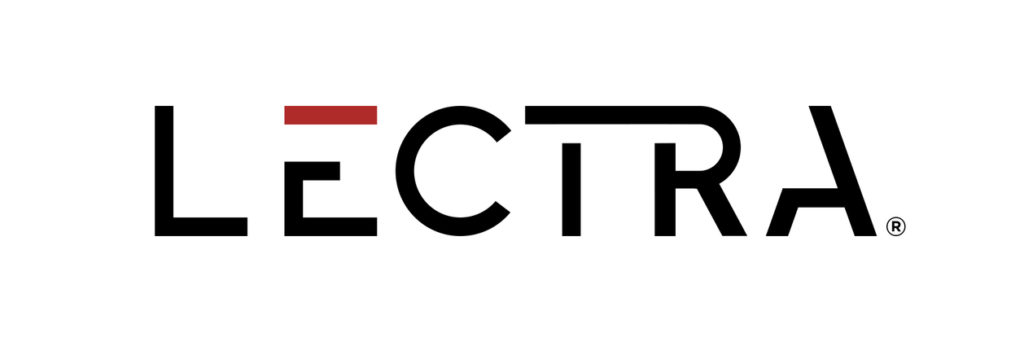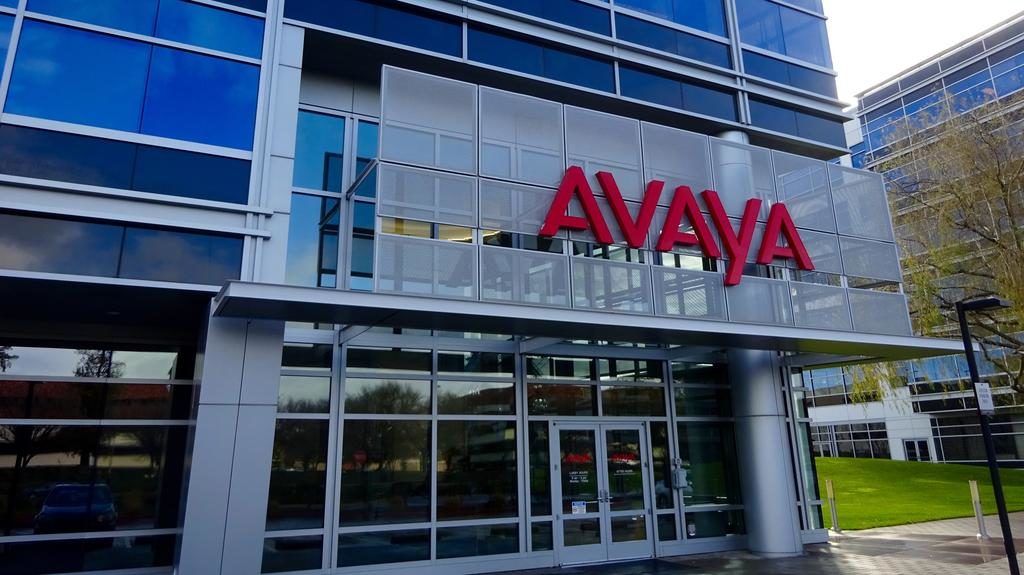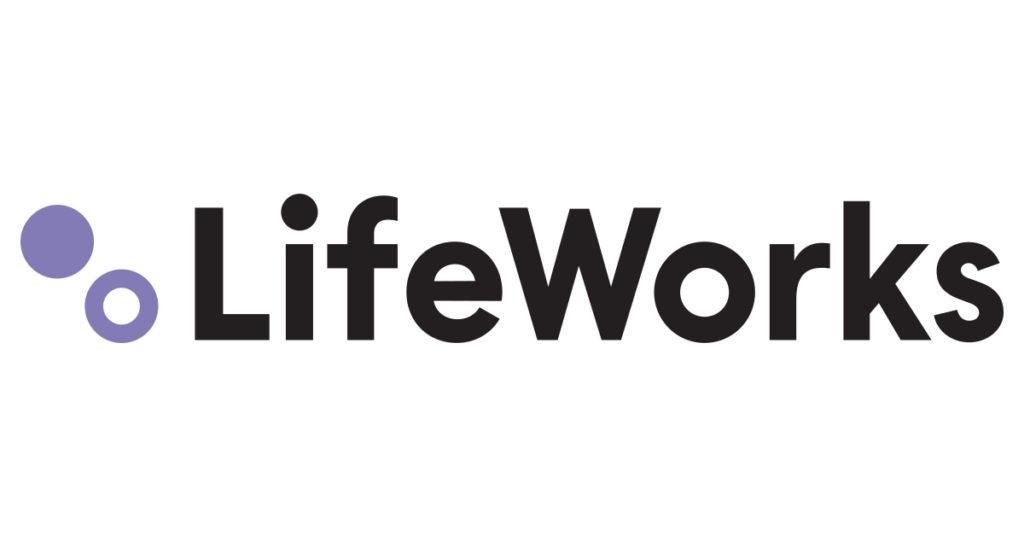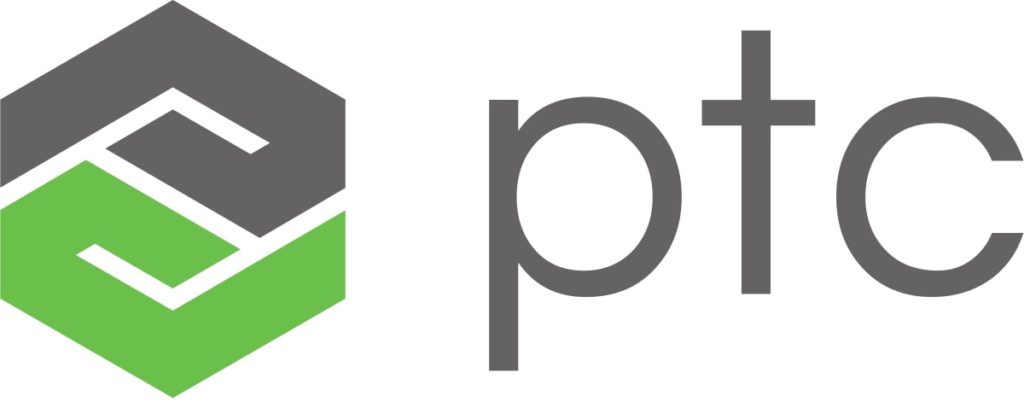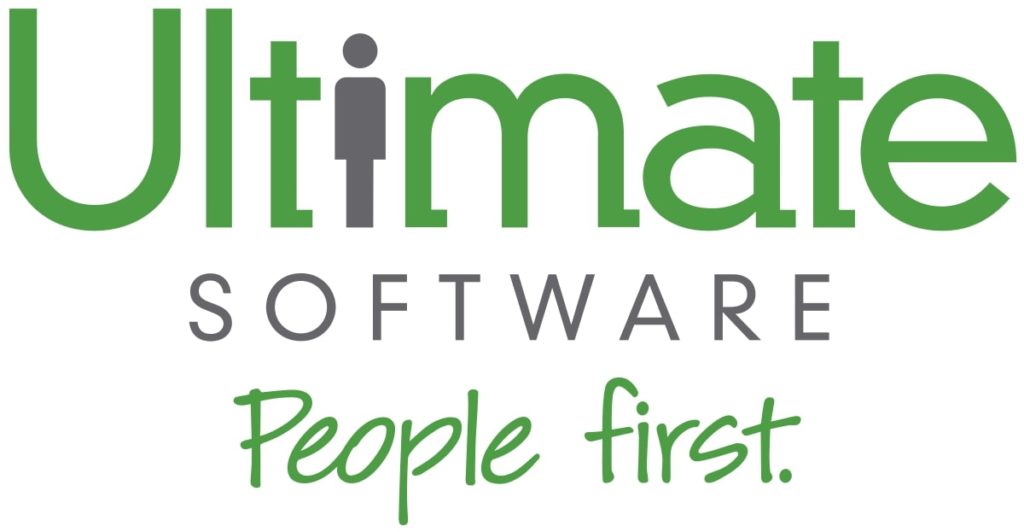Mastek – An Indian Software Company That Was Founded By Three IIM Graduates.
Founded in 1982, Mastek is a publicly-traded Indian company based in Mumbai, India. It is a multinational software technology company that mainly specializes in digital transformation services and cloud consulting. Mastek has served more than 1,500 customers successfully across 40 countries. It offers services in five leading industries, namely, public sector & government, healthcare & life science, retail & customer, manufacturing & industrial, and financial sector. Mastek offers services to both public and private organizations across different nations in the US, Middle East, Asia Pacific, Europe, and the UK, apart from India. In 2021, Mastek was featured in Forbes Asia Best Under a Billion list.
About Mastek
The three IIM Ahmedabad graduates, Ashank Desai, Ketan Mehta, and R Sundar founded Mastek in 1982. These three co-founders were batchmates of 1979 and they were later joined by Sudhakar Ram who is a very influential Indian business leader. Mastek helps various enterprises by harnessing the power of data to give them a digital advantage and stay in the competition. Focussing more on unleashing the power of data in the 21st century, Mastek has established a partnership with Lytics for Customer Data Activation and Personalization by enabling D2X (Direct to Stakeholder) transformation. The company is also recognized as one of the UK’s fastest-growing Indian companies in terms of revenue growth year on year.
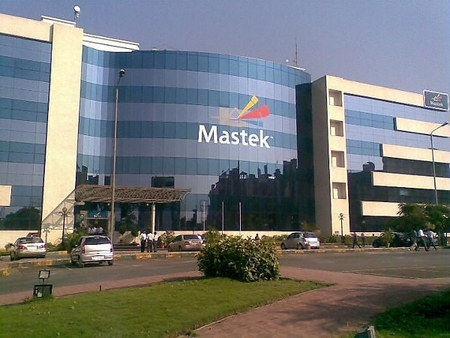
Management and Software Technology Private Limited
In 1982, three students of IIM Ahmedabad incorporated Management and Software Technology Private Limited and later brought Sudhakar Ram into the team. Sudhakar Ram also played his role as the CEO of the company until 2016. When the company was founded it aimed to design and deliver computer software to various types of businesses across diverse fields. In the same year of the establishment, the first project went lives which was a decision support system for Vicks Vaporub. The products were designed to generate production plans for the company in Indian in the most optimized way possible.
After a decade of incorporating the company, its name was changed to Mastek in 1992. In the same year, it acquired a UK IT company, Carter Cast Systems. This acquisition was made to enter the UK market in Theale. After changing its name the company decided to public in the same year and got listen in both Mumbai Stock Exchange and National Stock Exchange in India. Soon it founded its UK subsidiary and it was named MajescoMastek. In 1995, Mastek bid for the London Congestion Charging Scheme which went live in February 2003. So the company got invited to join the consortium and Mastek became responsible for delivering several applications for the NHS Spine for a long time.
Growth and Expansion
In 2000, Mastek became the first IT solutions company in the entire world to be assessed at P-CMM Level 3. After a couple of years, the company established the Mastek Foundation which represented a corporate and social responsibility wing of both Mastek and Majesco. In 2003, as Mastek started working on SPINE projects, the company delivered over 130 such projects within the next ten years. Eventually, the company started making more acquisitions over the next years that include Entegram LLC, a Conneticut-based software company, and Vector Insurance Services, a tech company focusing insurance industry. Mastek acquired a few companies in the North American region like the Systems Task Group (STG) which also focused on the insurance industry.
In 2009 MastekMajesco entered the Canadian market. The demerger of MastekMajesco took place in 2014 and all the insurance businesses were consolidated under the brand name, Majesco. In 2015, after the demerger, Mastek acquired a UK-based consultancy firm, Indigo Blue. In the same year, Company launched a project called Deep Blue to encourage engineering students to solve various problems using coding skills. Mastek has recently acquired Evosys to fuel its digital transformation growth.
Hiral Chandrana – CEO of Mastek Group
Hiral Chandrana is the Global CEO of the Mastek Group. He has more than 25 years of experience in the IT sector and digital solutions for various industries. Working with Fortune 1000 global clients across various countries has made him a very experienced global leader. Mr. Chandrana is from an engineering background and later completed his MBA.

Annasha Dey is an NIT student, who apart from studying engineering is also a content writer. She has a great interest in photography, writing, reading novels, and travelling as well. She is a foodie who loves socializing and hanging out with her friends. She is also a trained Kathak dancer and a big fashion enthusiast. Dey also loves watching TV series, which includes F.R.I.E.N.D.S. and Big Bang Theory. To be a better writer she prefers to read more
